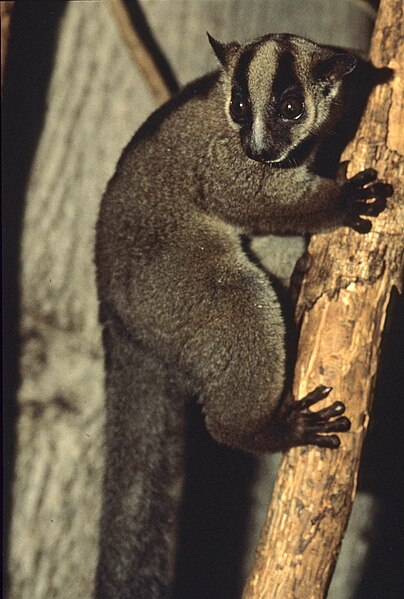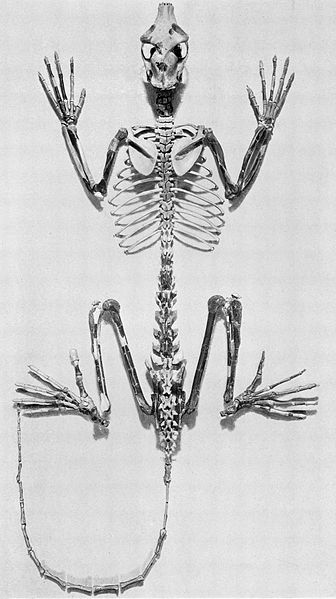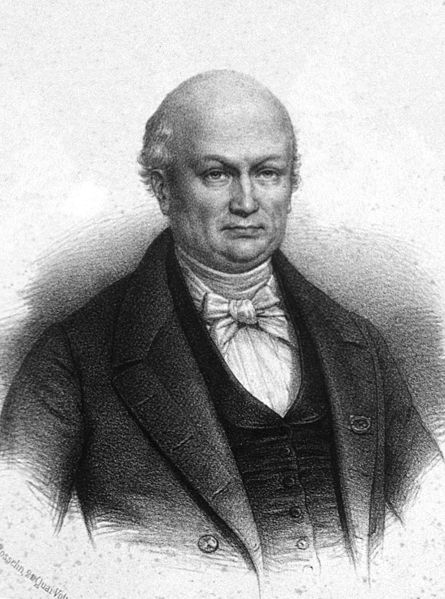Fork-marked lemurs or fork-crowned lemurs are strepsirrhine primates; the four species comprise the genus Phaner. Like all lemurs, they are native to Madagascar, where they are found only in the west, north, and east sides of the island. They are named for the two black stripes which run up from the eyes, converge on the top of the head, and run down the back as a single black stripe. They were originally placed in the genus Lemur in 1839, later moved between the genera Cheirogaleus and Microcebus, and given their own genus in 1870 by John Edward Gray. Only one species was recognized, until three subspecies described in 1991 were promoted to species status in 2001. New species may yet be identified, particularly in northeast Madagascar.
Fork-marked lemur
P. furcifer, first described in 1839, was illustrated in Brehms Tierleben.
Fork-marked lemurs are distinguished by the dorsal black stripe that forks on the crown of their head.
Males, such as this P. pallescens, have a scent gland on their throat, which they only use during social grooming.
Strepsirrhini or Strepsirhini is a suborder of primates that includes the lemuriform primates, which consist of the lemurs of Madagascar, galagos ("bushbabies") and pottos from Africa, and the lorises from India and southeast Asia. Collectively they are referred to as strepsirrhines. Also belonging to the suborder are the extinct adapiform primates which thrived during the Eocene in Europe, North America, and Asia, but disappeared from most of the Northern Hemisphere as the climate cooled. Adapiforms are sometimes referred to as being "lemur-like", although the diversity of both lemurs and adapiforms does not support this comparison.
Strepsirrhini
Early primates possessed adaptations for arboreal locomotion that enabled maneuvering along fine branches, as seen in this slender loris.
Notharctus, a type of North American adapiform, resembled lemurs but did not give rise to them.
The suborder Strepsirrhini was proposed by É. Geoffroy in 1812.








